
[ad_1]
Sure canine breeds are infamous for his or her Houdini-like skills to flee from seemingly safe areas. Whether or not it’s leaping over fences, digging underneath obstacles, and even unlocking gates, these breeds usually mix intelligence, agility, and a powerful need for exploration to turn out to be adept escape artists. This propensity will be attributed to their breeding backgrounds, which regularly emphasize traits reminiscent of excessive intelligence, sturdy prey drives, or distinctive problem-solving expertise. Homeowners of those breeds must be notably vigilant and artistic in devising methods to maintain their pets safely contained. This text highlights 15 canine breeds identified for his or her potential to flee from enclosures, explaining why these breeds are so expert at escaping and what potential house owners may contemplate to forestall such conduct.
1. Siberian Husky
Siberian Huskies are maybe probably the most well-known escape artists amongst canine breeds. Initially bred to tug sleds over huge icy landscapes, Huskies are geared up with a powerful sense of independence and intelligence. These traits make them notably adept at overcoming obstacles. They’re identified for his or her potential to leap over fences, dig underneath obstacles, and even manipulate door handles to flee. Their thick double coats additionally present them with the insulation wanted to deal with digging via snow or filth with out discomfort, making containment a problem. Huskies require safe, excessive fences and common monitoring to forestall escape makes an attempt.
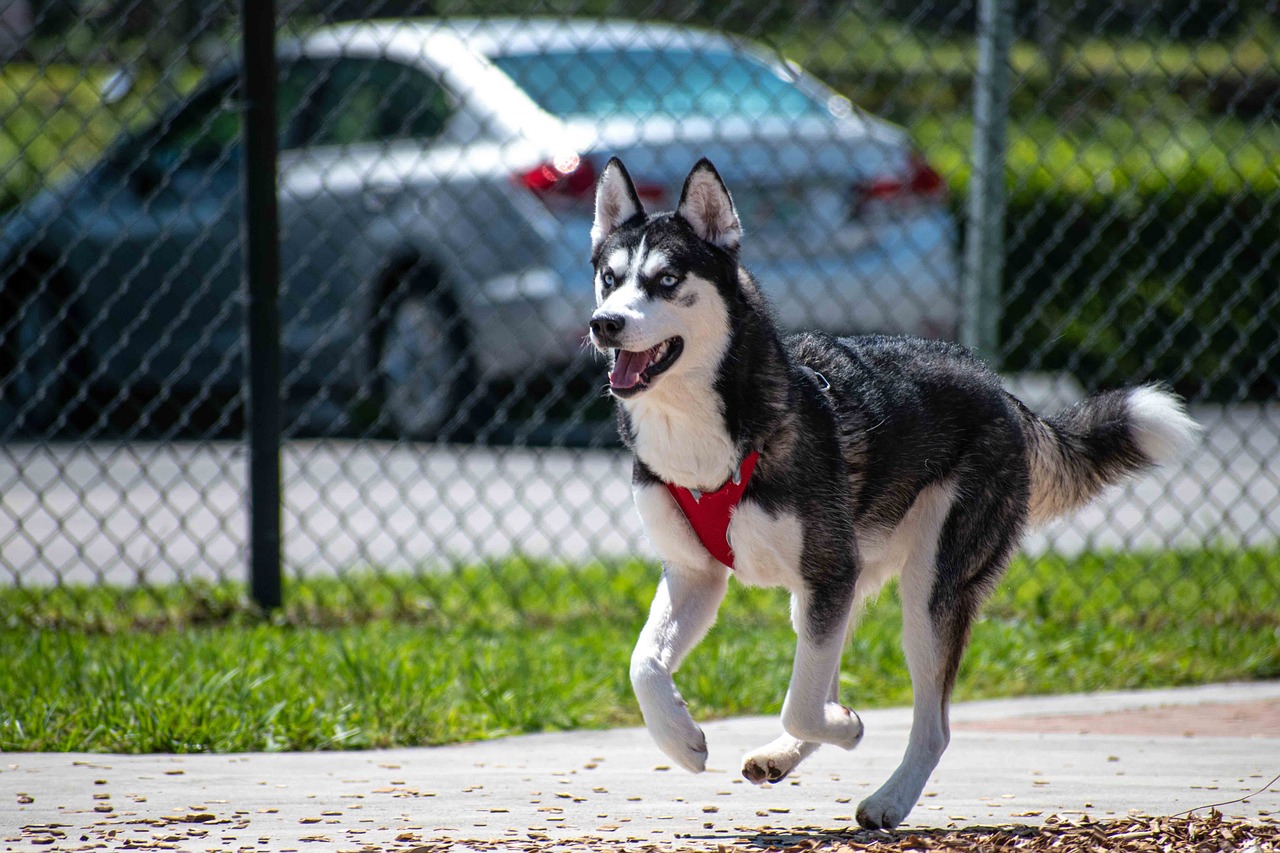
2. Alaskan Malamute
Much like their shut family members, the Siberian Huskies, Alaskan Malamutes are highly effective, impartial canines that have been additionally bred for pulling sleds in harsh environments. This breed possesses a powerful prey drive and a exceptional willpower, which might make them escape in the event that they turn out to be bored or see one thing exterior that catches their curiosity. Malamutes are notably expert at digging and may create massive holes rapidly to flee from enclosures. They require sturdy containment methods, reminiscent of deep fence foundations and vigilant supervision.
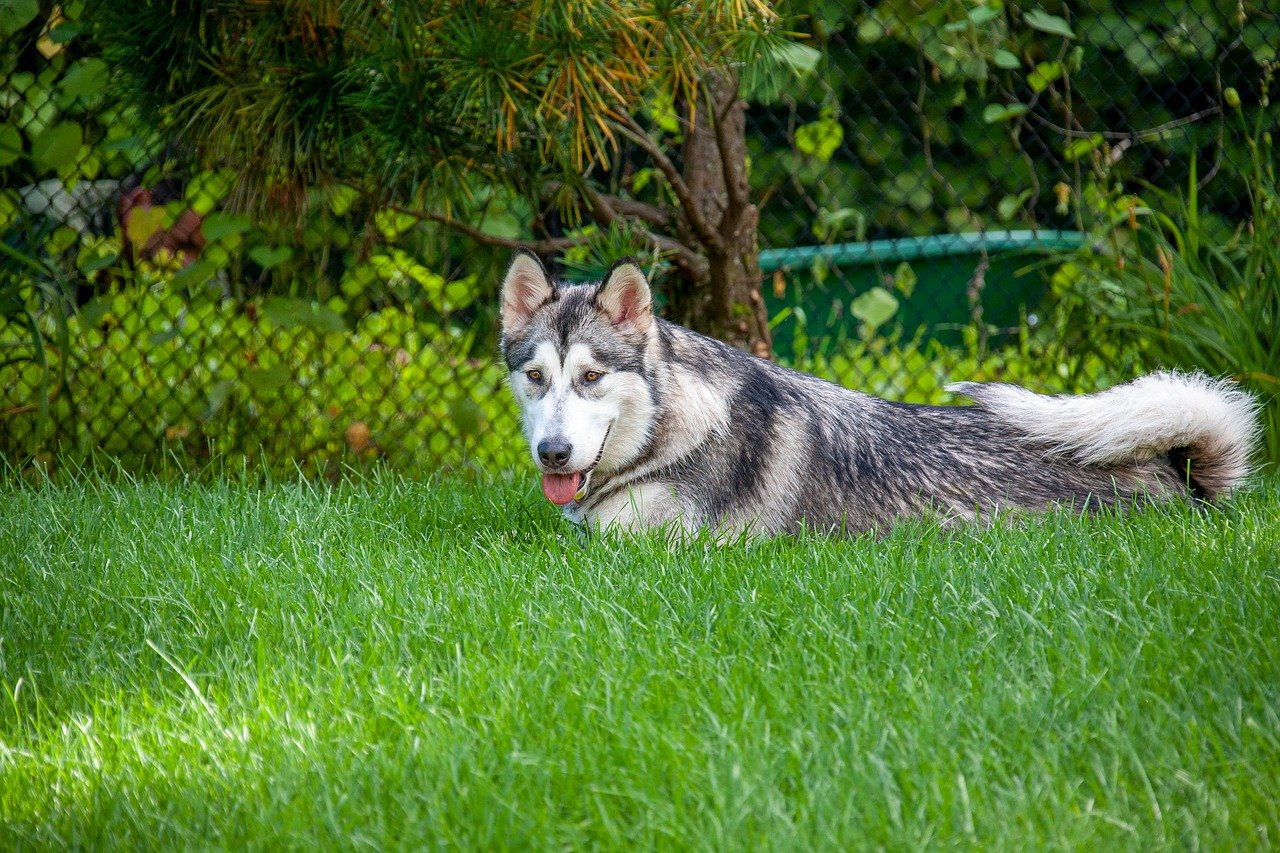
3. Beagle
Beagles, identified for his or her eager sense of scent and monitoring potential, are sometimes so pushed by scent that they will turn out to be single-minded of their pursuit of an fascinating path. This trait can make them try to escape from yards to comply with a scent. Beagles can squeeze via small gaps in fences and are identified to dig underneath obstacles in the event that they detect one thing intriguing on the opposite facet. Homeowners want to make sure that fences are usually not solely excessive but in addition safe on the floor degree to forestall escape.
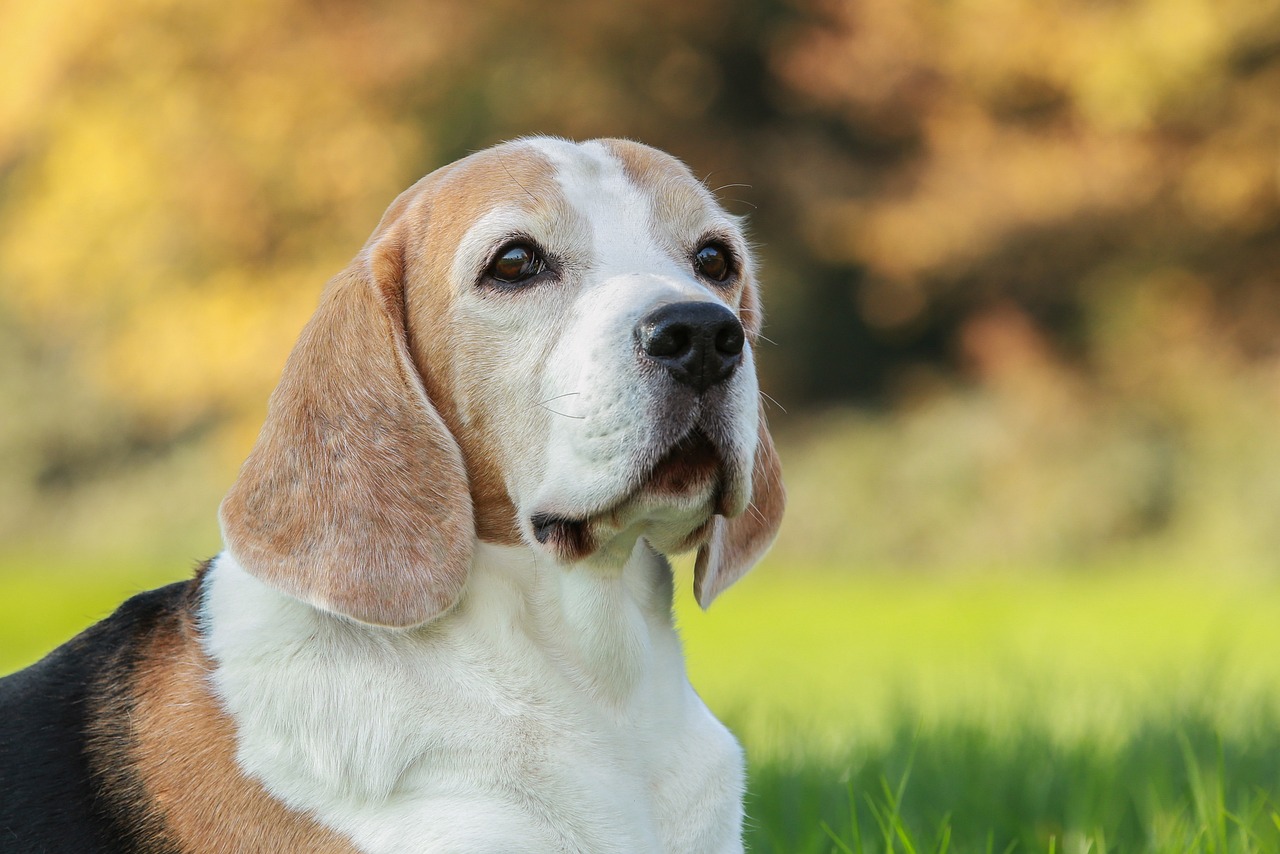
4. Jack Russell Terrier
Jack Russell Terriers are small, energetic canines with a status for being wonderful escape artists. Their small dimension permits them to suit via gaps that bigger canines wouldn’t contemplate, and their excessive power and intelligence inspire them to hunt out and exploit any weak spot of their enclosure. Jack Russells are additionally adept diggers and climbers, usually in a position to scale comparatively excessive fences. Enclosures for Jack Russell Terriers must be safe and repeatedly inspected for potential escape routes.

5. German Shepherd
German Shepherds are extremely smart and trainable canines, traits that sadly additionally make them expert at escaping. They will study to open gates, particularly in the event that they observe people doing so, and may manipulate easy latches or handles. Their dimension and energy additionally allow them to exert appreciable pressure on weaker components of a fence or door. For German Shepherds, safe, lockable gates and sturdy fences are important to forestall escapes.
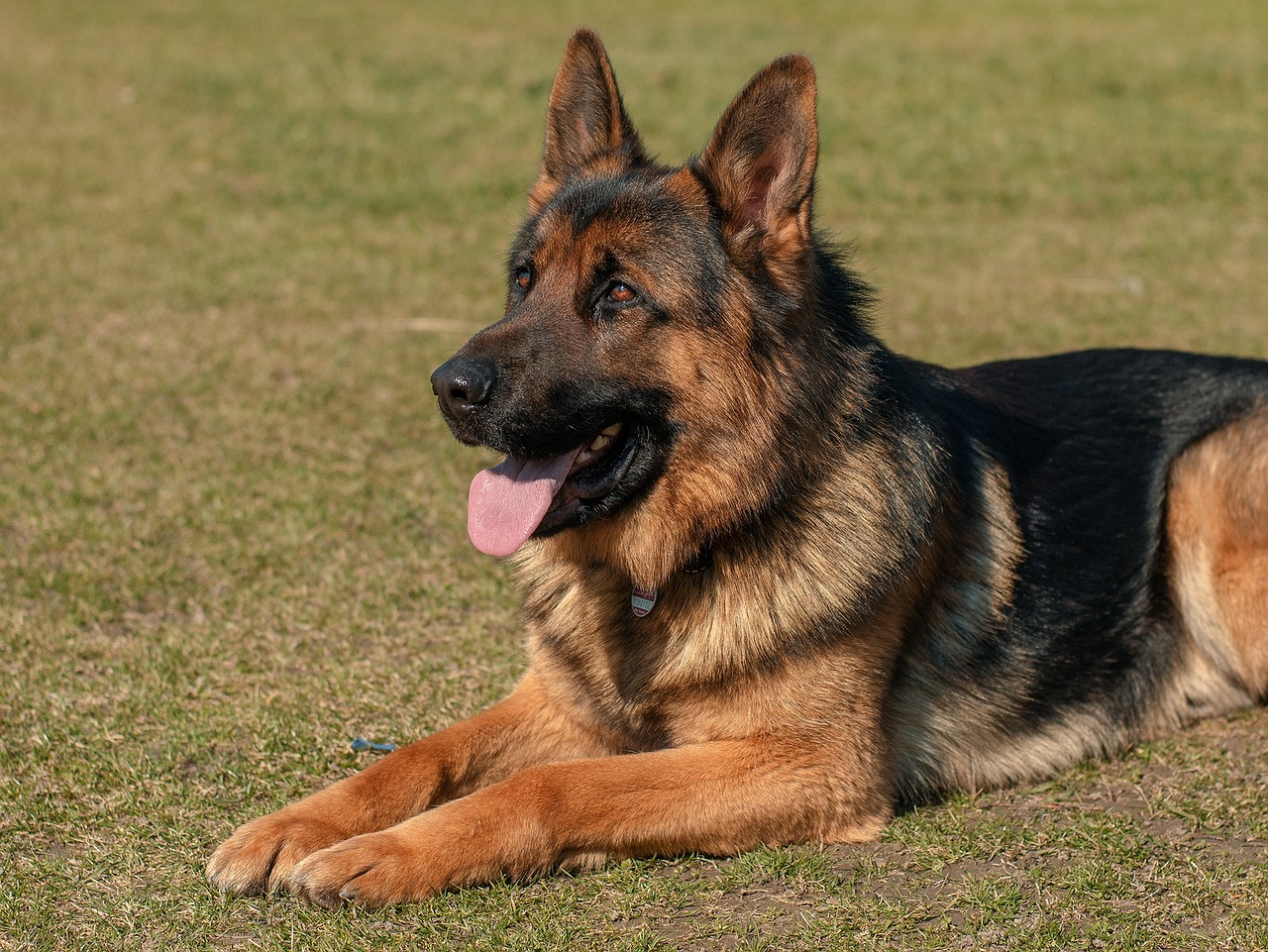
6. Border Collie
Border Collies are extraordinarily clever, a trait that serves them nicely when herding livestock however will be problematic by way of containment. They’re fast learners and may work out learn how to open gate latches and even unlock doorways. Border Collies are additionally agile, able to leaping over or climbing fences that aren’t sufficiently excessive. Homeowners want to offer psychological stimulation and bodily train to maintain these canines from turning into bored and on the lookout for methods to flee.
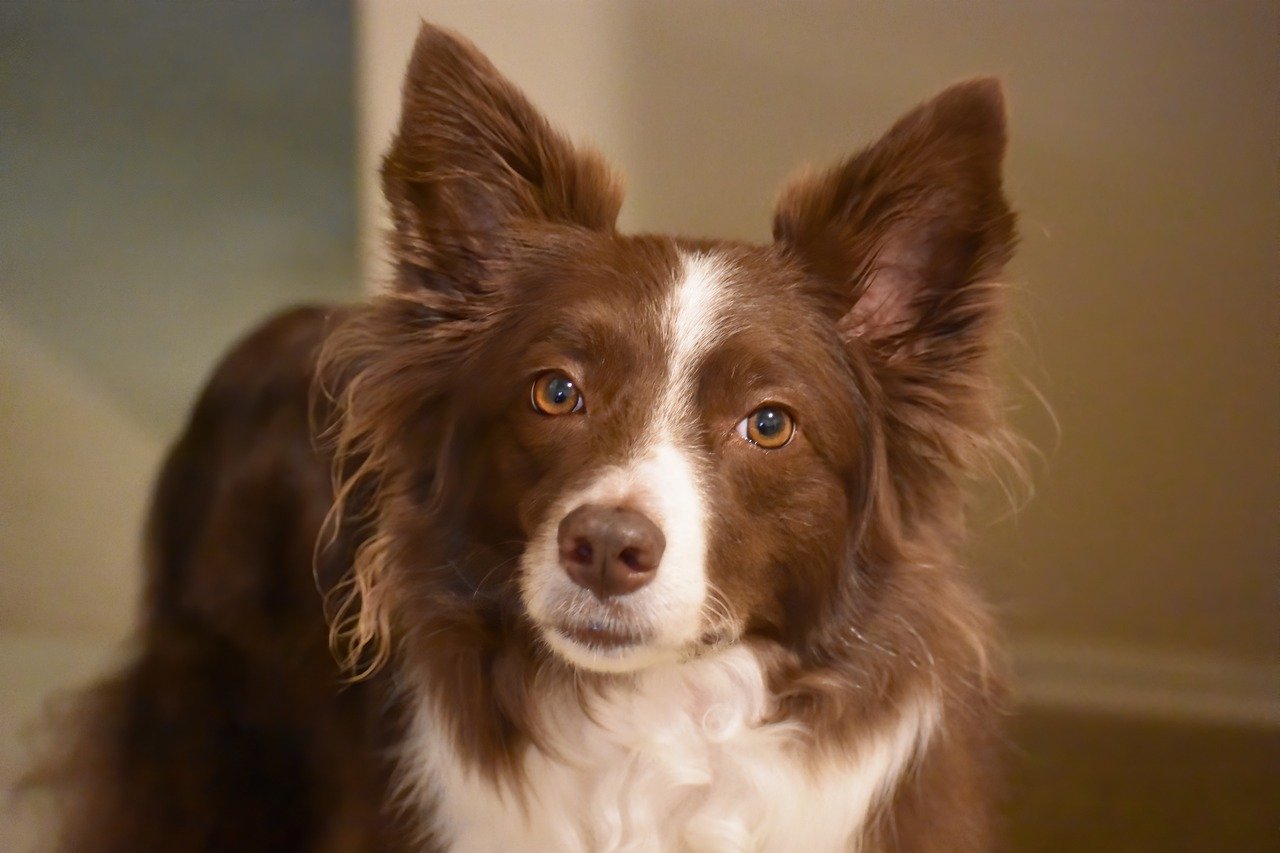
7. Greyhound
Greyhounds are identified for his or her unbelievable velocity and prey drive. If a Greyhound sees one thing it needs to chase, it may be virtually unimaginable to cease. Their slim construct and athleticism permit them to squeeze via slender openings and their velocity can provide them the momentum wanted to clear obstacles like fences. Safe, tall fencing and a eager eye on their outside actions are essential for retaining Greyhounds safely contained.

8. Boxer
Boxers are energetic and playful canines which will try to flee merely out of boredom or the need for social interplay. They’re identified to leap over or dig underneath fences if left alone for too lengthy or not supplied with sufficient bodily and psychological stimulation. Offering a safe, participating atmosphere and common interplay might help forestall Boxers from turning into escape artists.
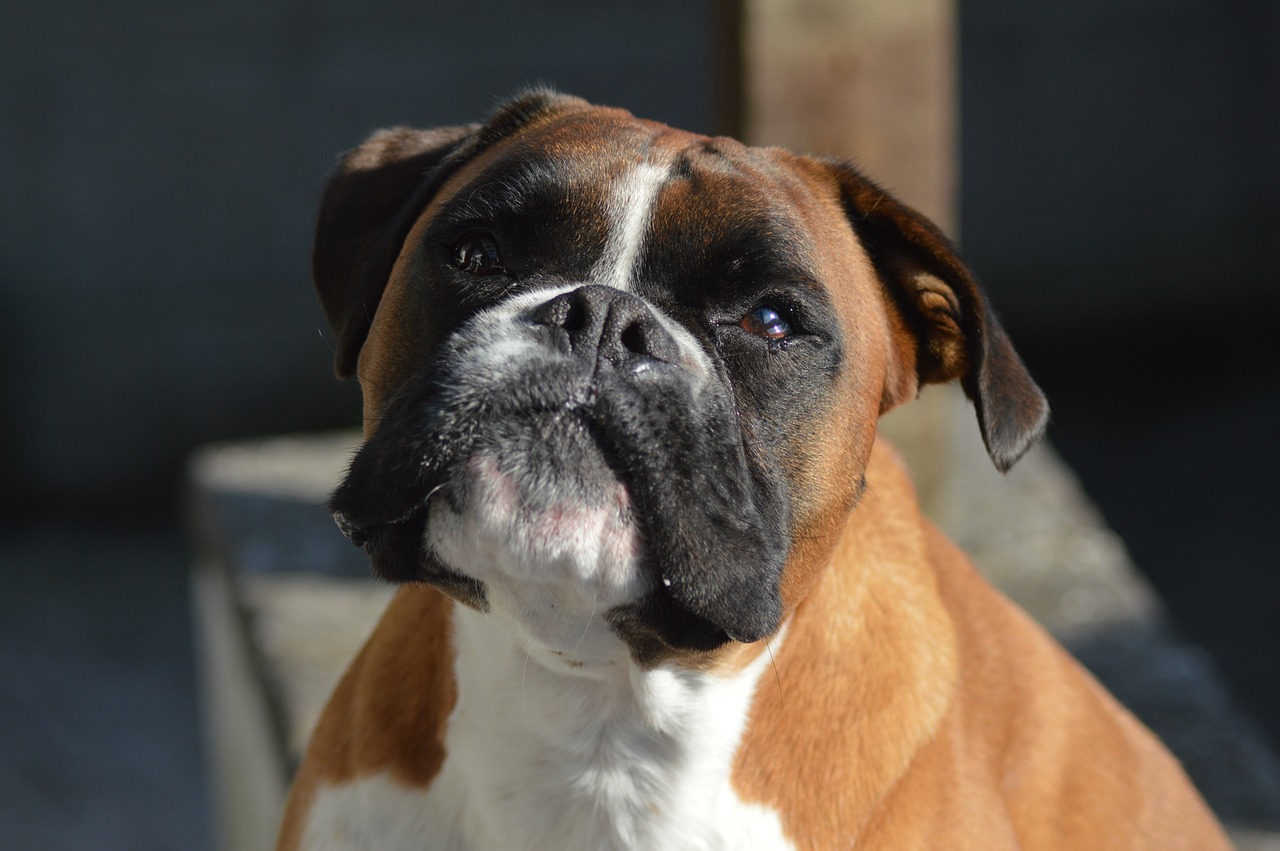
9. Labrador Retriever
Whereas Labrador Retrievers are usually well-behaved, their sturdy curiosity and love of exploration can generally make them wander. Labs are sturdy swimmers and diggers, so they may escape by swimming throughout water obstacles or digging underneath fences. Making certain that their want for exploration is met via walks and playtime, and that fences are safe on the base, will assist preserve them protected at residence.

10. Whippet
Whippets are sighthounds which can be extremely quick and agile. They will simply soar over obstacles that will comprise slower, much less agile breeds. Whippets are additionally identified for his or her potential to squeeze via small areas. They require excessive, safe fencing and shouldn’t be left unsupervised in yards that aren’t absolutely enclosed.
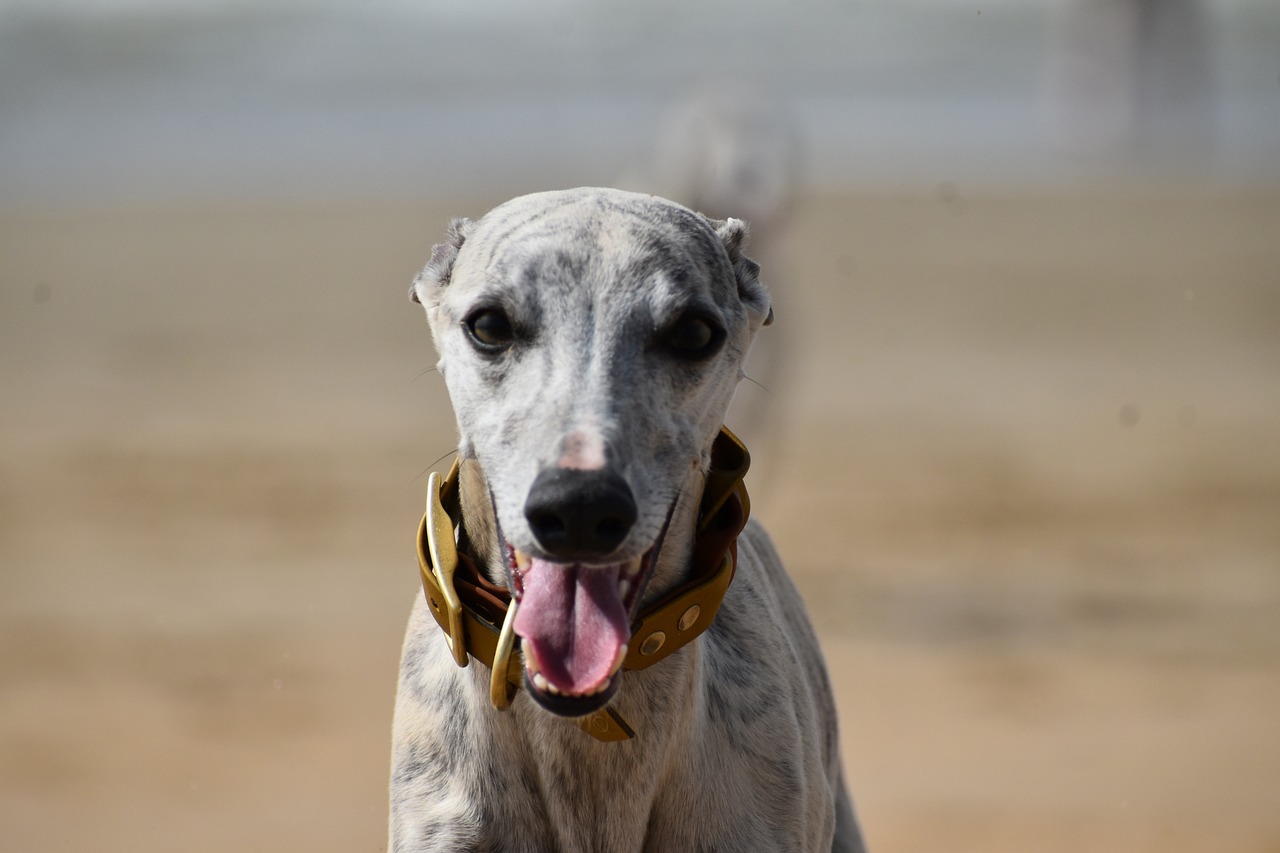
[ad_2]